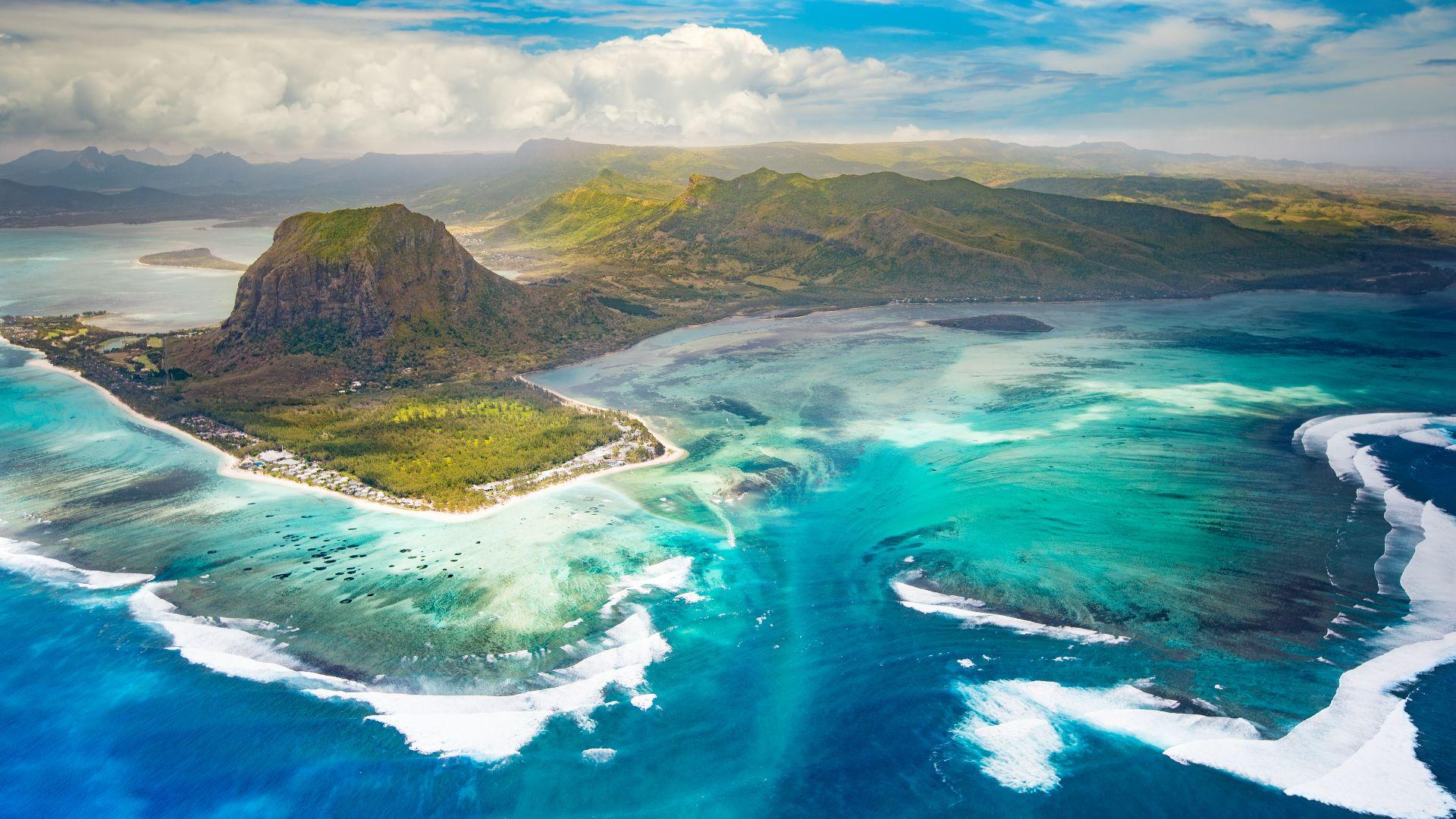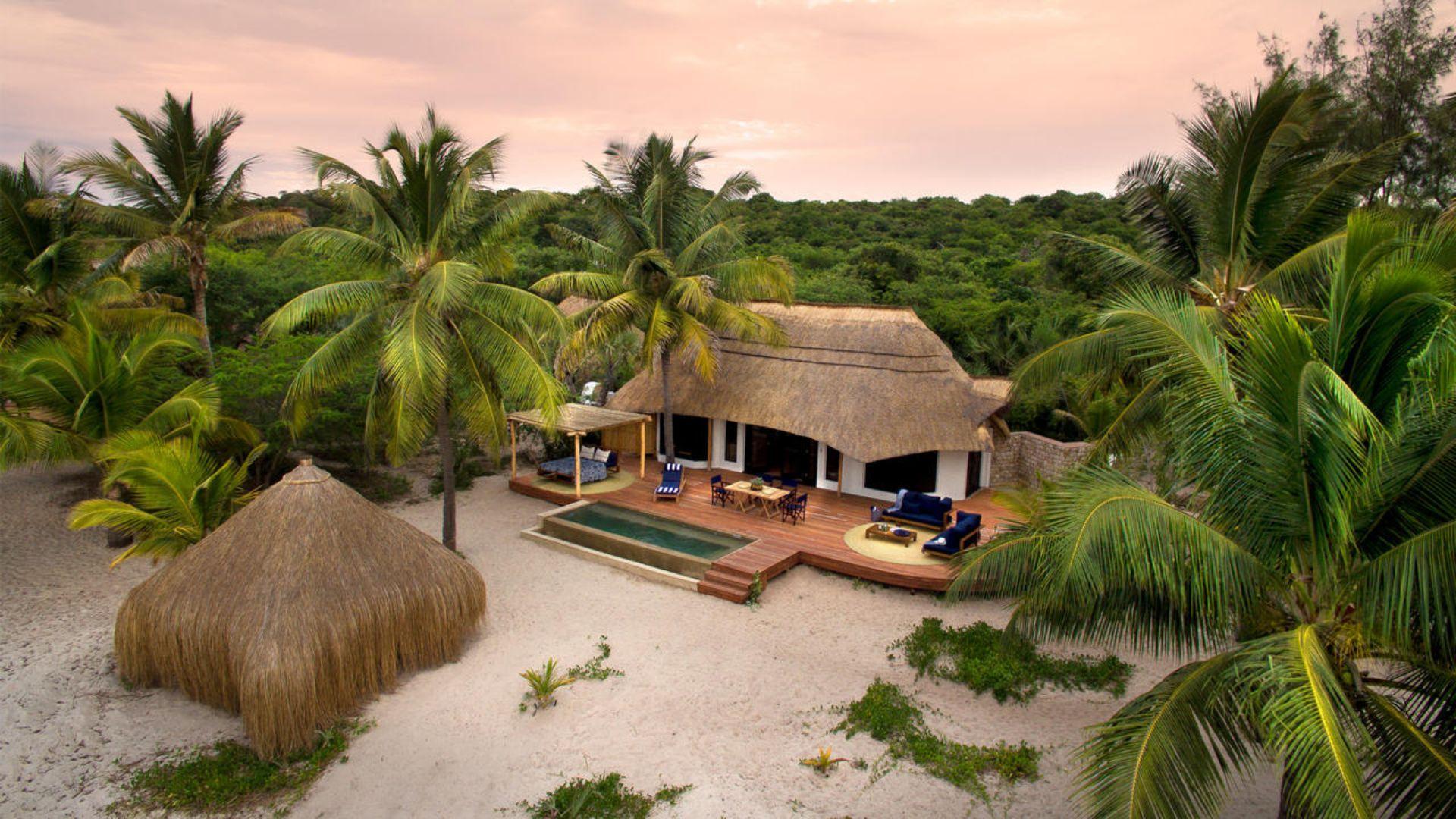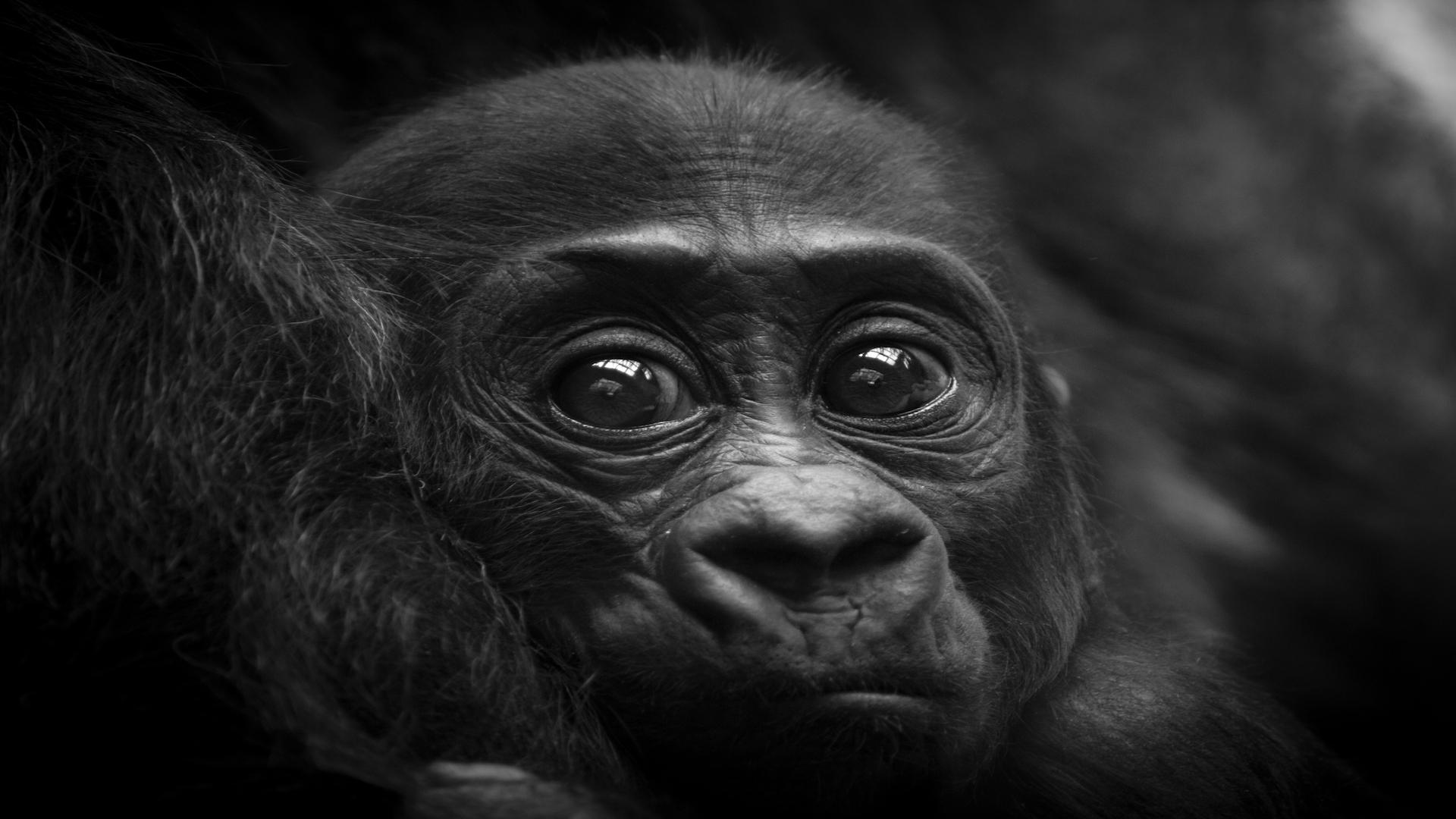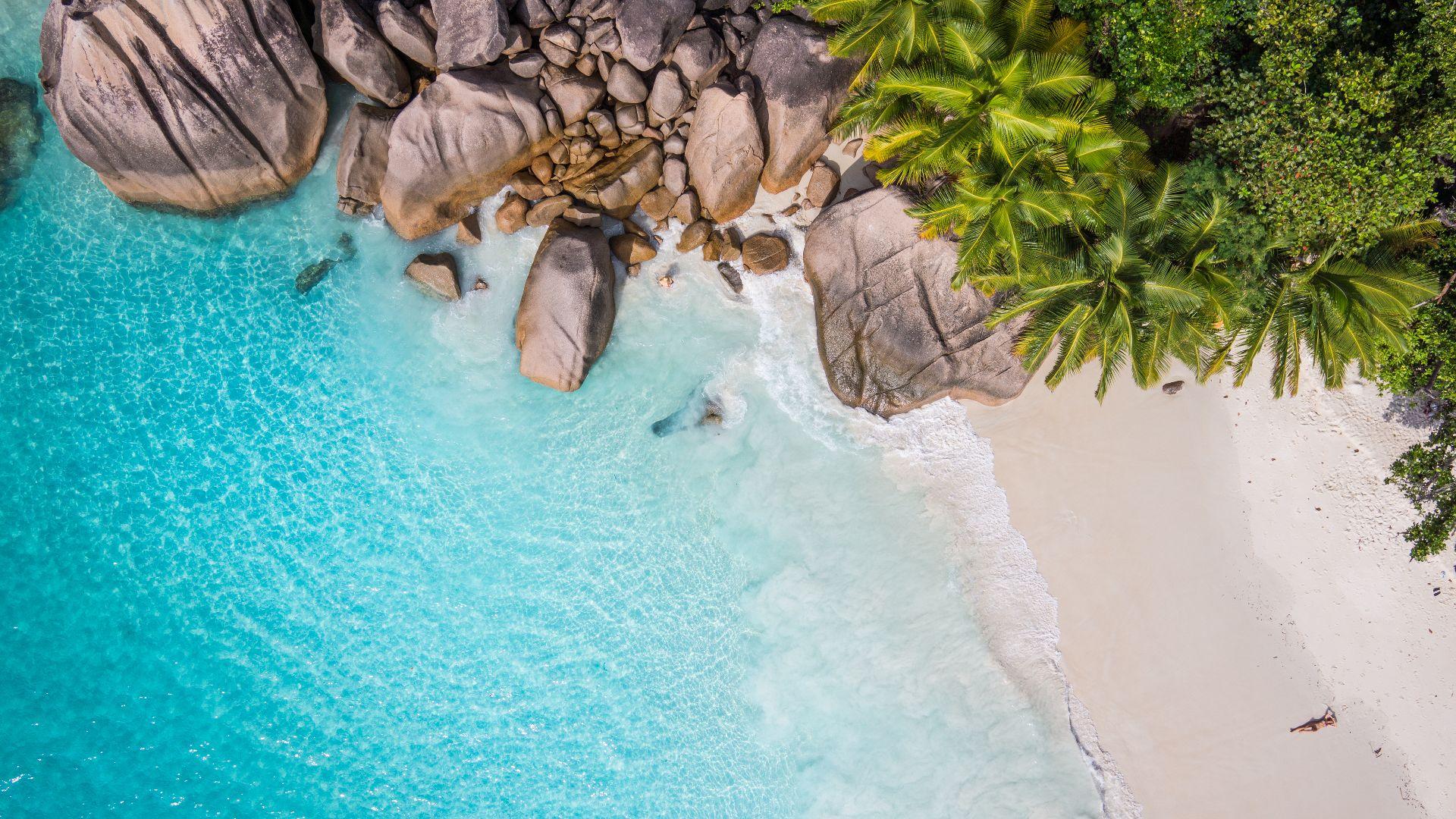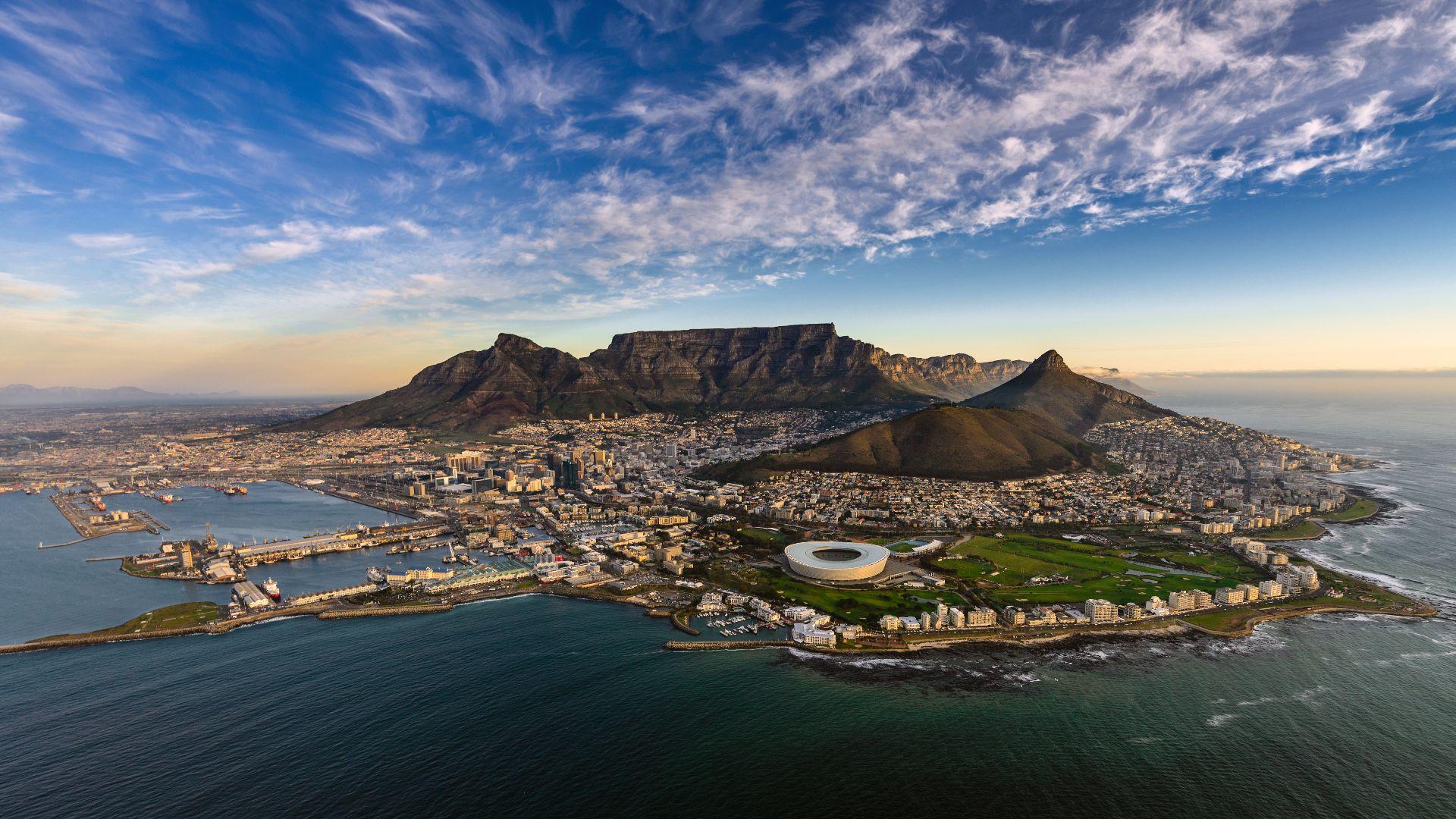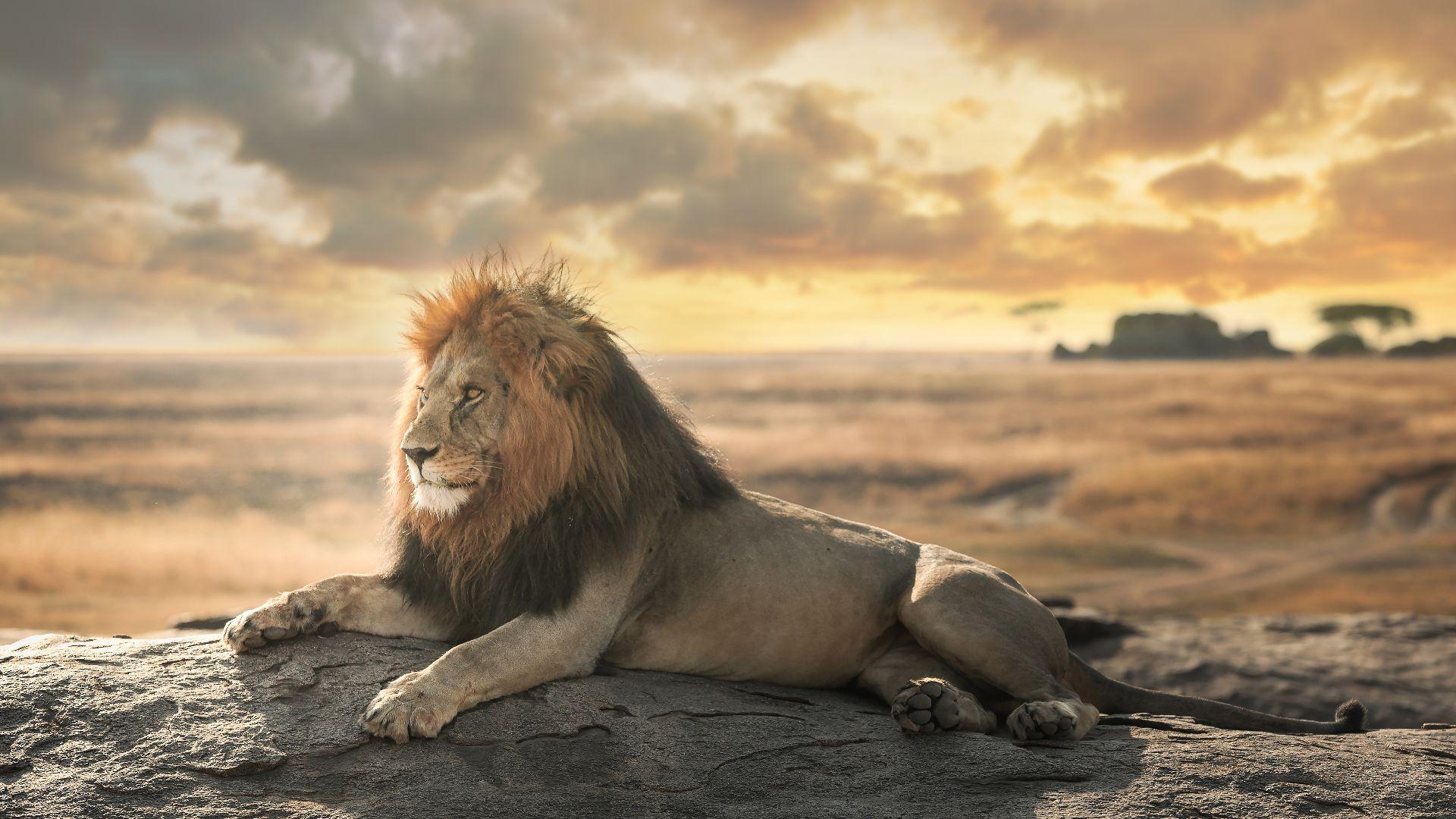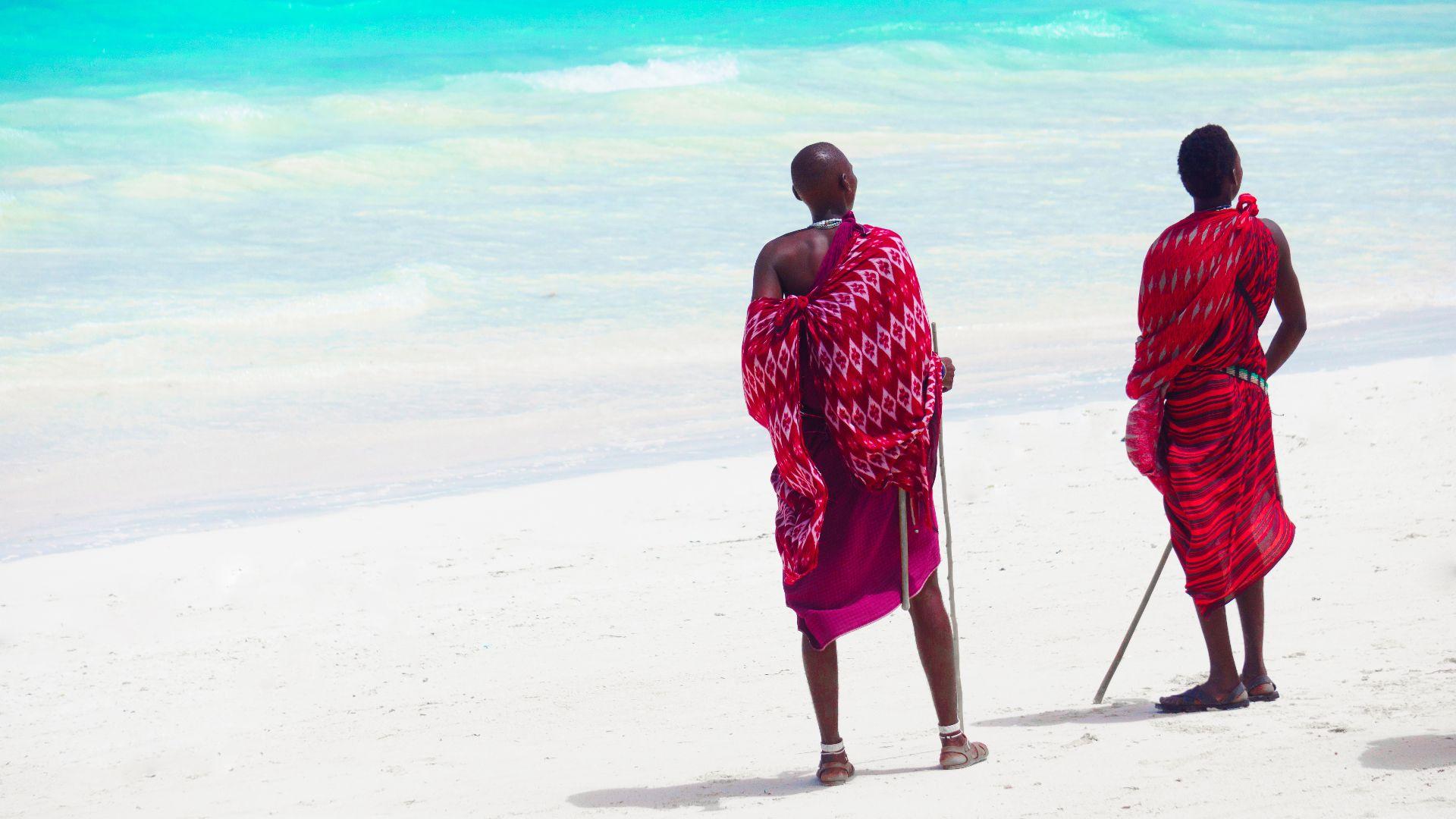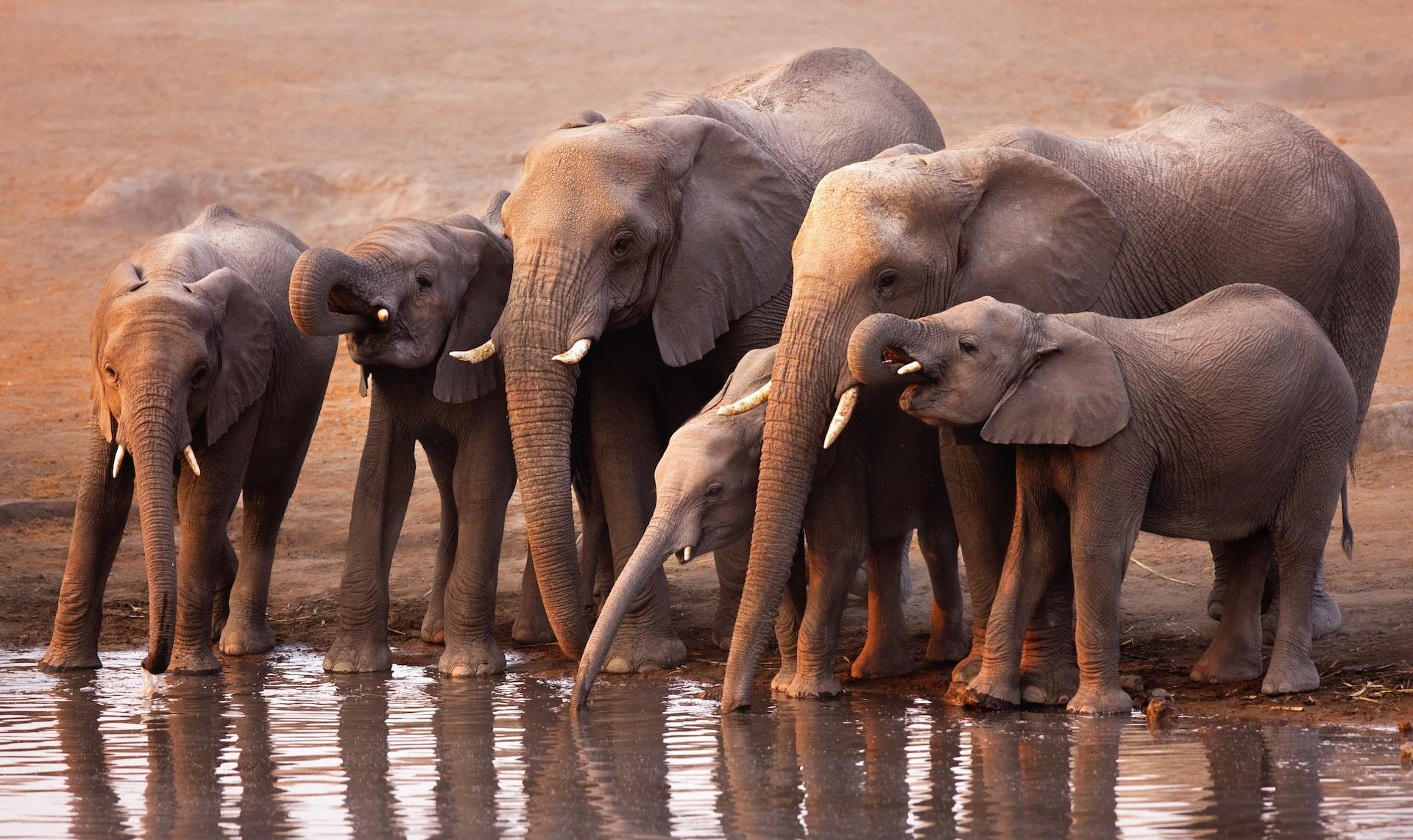
Namibia
Basic information
Experience unspoilt Africa with breath-taking scenery, monuments, and history. A beautiful country with huge potential, a country to warm your heart. A landscape of rugged mountains, vast deserts, and hot sand dunes. Life has found a way to survive even in the harshest conditions of Namibia’s arid landscape. Bathed in sunlight during the day, it makes way for a night sky glittering with thousands of stars when the last rays of the sun are gone. The most photogenic place is undoubtedly Sossusvlei. The dunes in this area are some of the highest in the world, reaching almost 400 metres. Sossusvlei literally translates as “dead-end marsh” because it is where the dunes join, preventing the Tsauchab River from flowing further. Skeleton Coast National Park, which stretches along the coast, will literally take your breath away. It is one of the most inhospitable areas in the world, virtually devoid of life. You will occasionally see animal skeletons and shipwrecks that were unlucky enough to run ashore during naval expeditions. Sailors who managed to reach the land had no chance of survival on this unforgiving coast and died of thirst and starvation. Etosha National Park is among the largest parks in both size and diversity of wildlife. Elephants, lions, and rhinoceroses will make for an unforgettable safari you won’t experience anywhere else. No wonder more than half of all visitors return to this fascinating destination time and time again.
Weather and location
An extremely dry country with an average of 300 days of sunshine a year. Due to the diversity of the landscape, the differences in temperature are quite significant. Summer lasts from October to April here, with daytime temperatures reaching up to 34 °C. Occasional rains occur during this period. Winter begins in May and ends in September. Temperatures range from 17 °C to 24 °C during the day. At night, however, they often drop below 0 °C.
